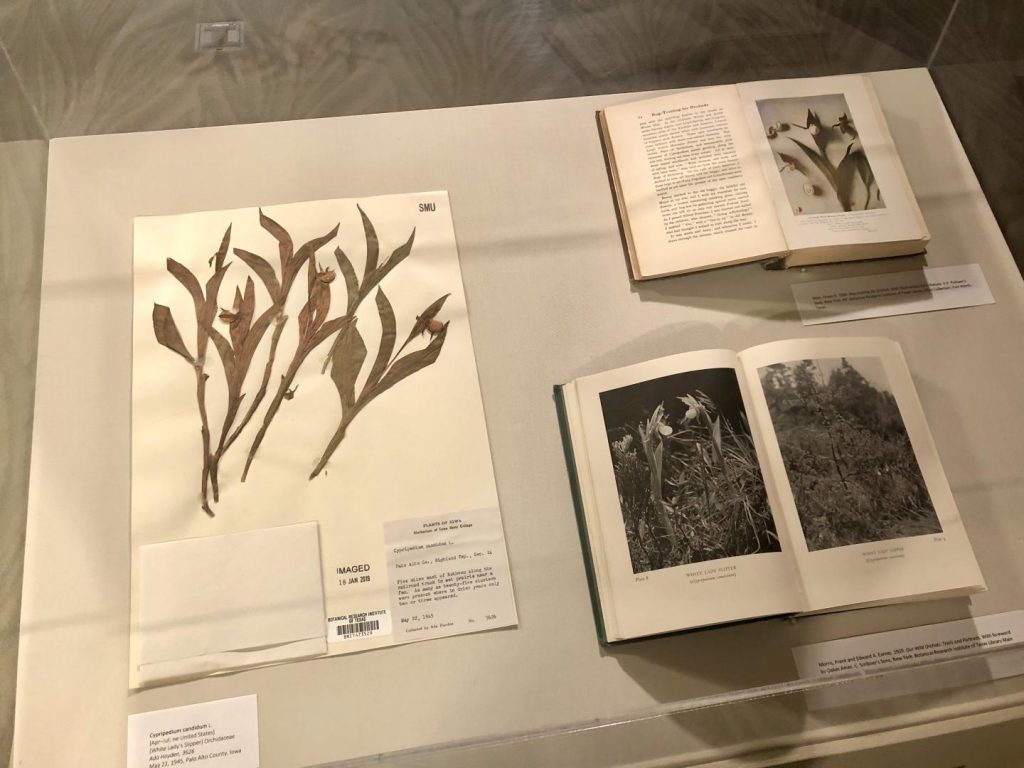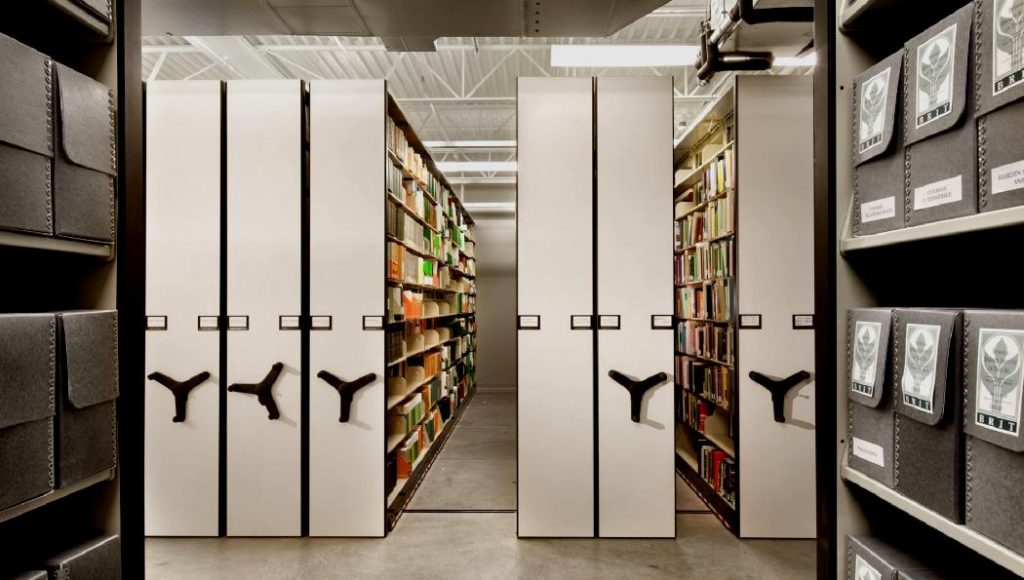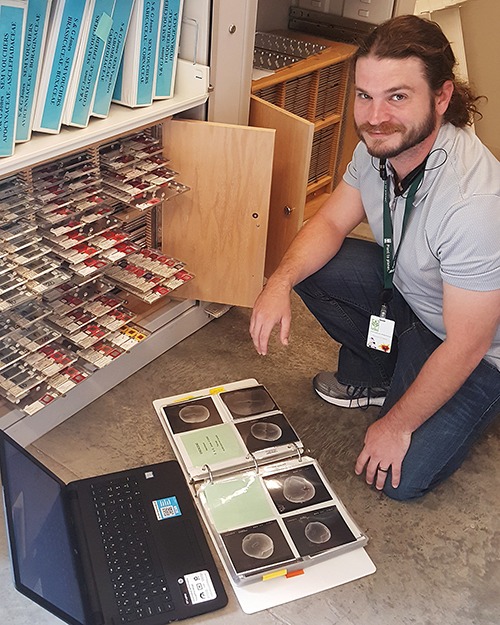- Visit
- Explore the Campus
- Interactive Map
- Accessibility
- Gardens & Collections
- Adelaide Polk Fuller Garden
- The Fort Worth Japanese Garden
- The Rose Garden
- Native Texas Boardwalk
- Trial Garden
- Four Seasons Garden
- Horseshoe
- Rock Springs Woods
- Perennial Garden
- Backyard Vegetable Garden
- North and South Vista
- Cactus Garden
- The Grove
- Compost Outpost
- Water Conservation Garden
- Orchid Collection
- Begonia Species Bank
- Garden Center
- Rainforest Conservatory
- Dining & Gift Shops
- BRIT Collections, Labs & Library Exhibitions
- Calendar & Events
- About Us
- Plan an Event
- Learn
- Research & Conservation
Menu





